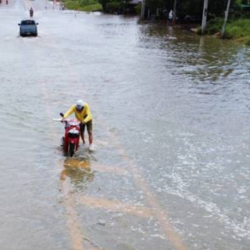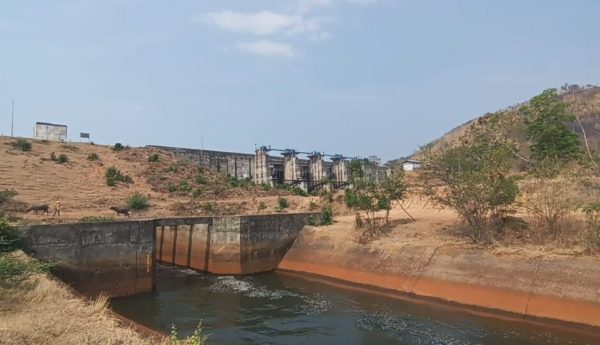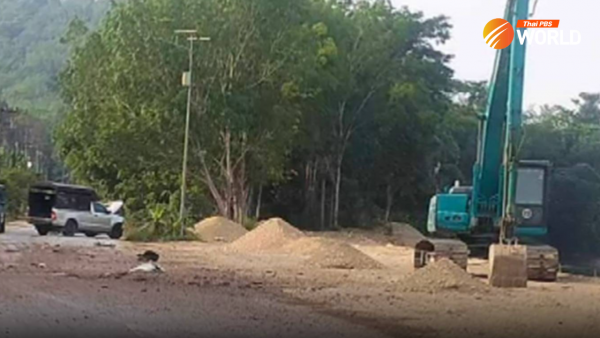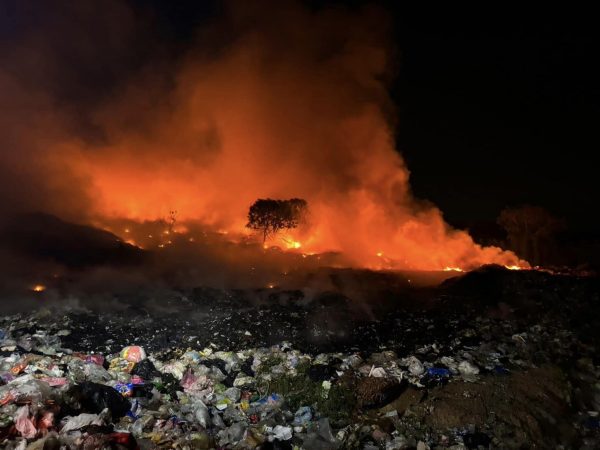Loy Krathong, the festival of light, color and … garbage

The environmental damage done by one of Thailand’s most colorful festivals, Loy Krathong, has grown so high that many netizens want people to stop floating their krathong in natural waterways. Millions of the floats, often made from plastic foam and other nonbiodegradable materials, are floated on the day of the festival each year.
“Floating krathong on the sea, canals or rivers will only kill them [the waterways],” says Monsoongarbage Thailand, a Facebook page that addresses environmental issues.
This post has won support from many Thais, who say they have long stopped floating their krathong or decorative floats in waterways while continuing marking the festival in other ways.
This year, Loy Krathong day will fall on November 27.
Centuries-old festivities
Traditionally celebrated on the full-moon night of the 12th month of the lunar Thai calendar, the Loy Krathong Festival is thought to have emerged eight centuries ago in the Sukhothai period. Ever since then, Thais have been floating krathong in waterways across Thailand to thank the river goddess.
In modern times, Loy Krathong is marked with lively music, lights, fireworks and floating lanterns, not to mention food stalls and fairs.
In past centuries, krathong did little harm to the environment because they were made from natural materials like flowers and banana stalks. The number of revelers was also far lower than today.
In modern times, however, the number of krathong set afloat in waterways has soared, not to mention the environmentally harmful materials used to make them. Nowadays, the day after Loy Krathong sees municipal workers in towns and cities across the country struggling to clear waterways clogged by the floating festival debris.
Alarming facts
Last year, the Bangkok Metropolitan Administration workers collected 572,602 krathong – up 42% from the previous year’s COVID-muted festival.
Before the pandemic, 2018 saw up to 841,327 krathong collected in the capital alone.
However, thanks to growing environmental awareness, more people are opting for eco-friendly versions. Now most krathong collected are made from biodegradable materials. About 5% are made of styrofoam, which takes about 50 years to decompose.
Still, experts say even floats made from natural materials can be damaging to the environment. Floats made from colorful fish feed, for instance, can rot and pollute waterways or ponds if they are not consumed by fish.
Similarly, paper-based krathong often contain harmful chemicals, and even if they are chemical-free, it usually takes paper two to five months to decompose. Krathongs made from banana leaves and flowers can also be dangerous if they have been assembled using pegs or pins. Even without pegs or pins, it takes them 14 days to decompose.
Meanwhile, fireworks that are set off during the festival often scare animals. Many families lose beloved pets, who run away in panic from the loud noises.
Sky lanterns are a picturesque alternative to their waterborne counterparts – but they can also cause fires if they land on roofs or dry forest.
Is there a green way?
The Department of Climate Change and Environment has proposed using krathong made with ice. These should melt within an hour without changing the water temperature too significantly. Hence, they are considered an ecologically friendly option. Floating virtual krathong online has also become a popular trend in recent years.
Asst Prof Dr Thon Thamrongnawasawat, a prominent environmentalist and lecturer at Kasetsart University’s Faculty of Fisheries, said without proper management, krathong floated on rivers and canals will eventually flow into the sea, harm marine creatures and affect tourism. Thailand is among the world’s top 10 contributors of plastic waste to the oceans, according to the UN.
“I hope relevant authorities will impose measures to curb the impact that Loy Krathong festival has on the environment,” he said.
Thon believes floating krathong in open water sources should be completely banned. Also, he said, collection and disposal measures should be efficiently planned and implemented.
“When you organize a Loy Krathong event, make sure you have a krathong collection and disposal method planned too,” he advised.
Thon added that this centuries-old festival needs to be adjusted to fit in the current context by minimizing environmental impacts.
By Thai PBS World’s General Desk






